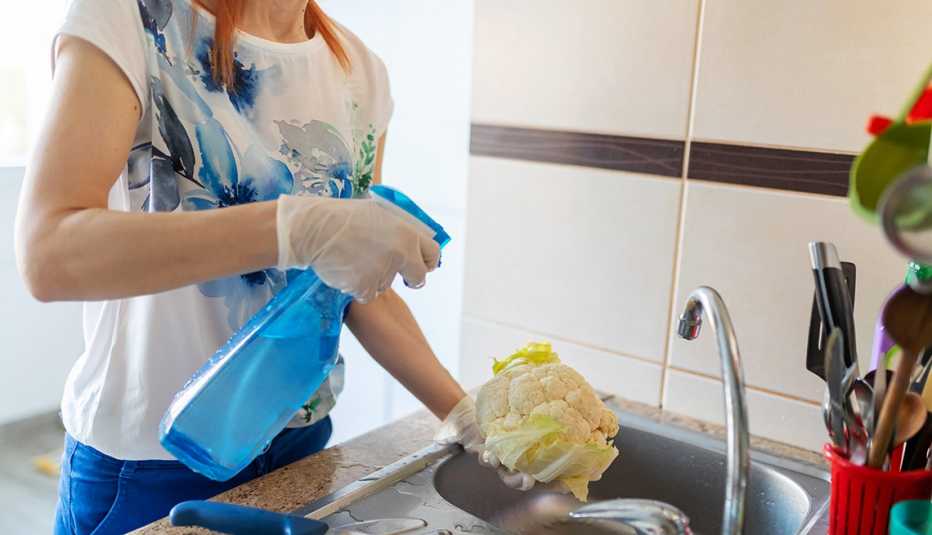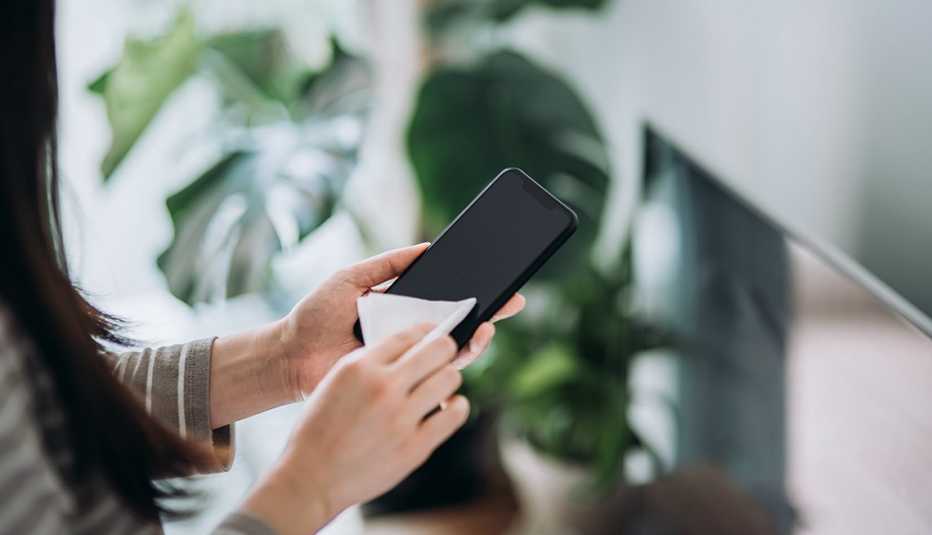Staying Fit
Liquid bleach can be a safe and efficient cleaner and disinfectant when handled correctly, but can be rather harmful when not used properly. Though a staple in American homes for more than a century, many households appear to be unfamiliar with its potential dangers.
The Centers for Disease Control and Prevention (CDC) has reported a 20 percent increase in calls to poison control centers during the coronavirus outbreak presumably related to the misuse of household cleaning products as people sought to protect themselves from infection. A follow-up survey CDC conducted in May found 39 percent of Americans had engaged in at least one “high-risk practice” in the prior month to prevent the transmission of COVID-19, including gargling with diluted bleach


AARP Membership— $12 for your first year when you sign up for Automatic Renewal
Get instant access to members-only products and hundreds of discounts, a free second membership, and a subscription to AARP the Magazine.
Robert Laumbach, an associate professor at Rutgers University’s Environmental and Occupational Health Sciences Institute, says there are some misconceptions people have about liquid bleach including “thinking it has systemic antiviral properties if ingested,” or that diluting concentrated liquid bleach weakens its disinfecting ability.
Clorox, the maker of the oldest and most familiar brand of liquid bleach (active sodium hypochlorite or NaClO), say the best first step is to read and follow the instructions on the label. “To use bleach properly, read and follow the label carefully, as instructions may vary depending on the product,” a spokesperson for the company told AARP in an email exchange.
The U.S. Environmental Protection Agency (EPA) advises to check the label to see if the bleach is intended for disinfection, has a sodium hypochlorite concentration between 5 percent and 6 percent, and is not past its expiration date. “Some bleaches, such as those designed for safe use on colored clothing or for whitening, may not be suitable for disinfection.”
Here are six things experts say you shouldn’t do with liquid bleach.
1. Don’t mix bleach with other cleaning products
Other than adding water, bleach should be used on its own. Mixing ammonia, vinegar, hydrogen peroxide, alcohol or other chemicals with sodium hypochlorite may cause chlorine gas to be released, a toxic chemical you don’t want to breathe in.



































































